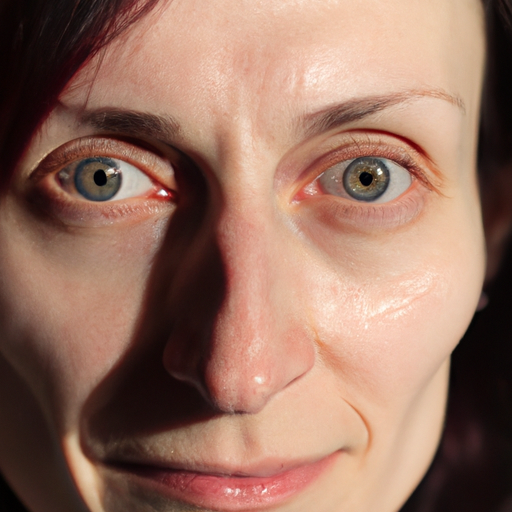As a medical professional, I often encounter patients who are grappling with the discomfort and frustration of dry skin. This common condition can be caused by a variety of factors, ranging from environmental conditions to underlying health issues. Understanding the causes, symptoms, and treatment options for dry skin is essential for managing this condition effectively. This article aims to provide a comprehensive guide to diagnosing and treating dry skin.
Dry skin, medically known as xerosis, is characterized by a lack of the appropriate amount of water in the most superficial layer of the skin, the epidermis. While dry skin tends to affect hands, arms, and lower legs more often, it can appear anywhere on the body. Symptoms include a feeling of skin tightness, especially after showering, bathing or swimming; skin that appears shrunken or dehydrated; skin that feels and looks rough rather than smooth; itching; slight to severe flaking, scaling or peeling; fine lines or cracks; redness; and deep cracks that may bleed.
Several factors can cause dry skin. These include weather (skin tends to be driest in winter), heat (central heating, wood-burning stoves, space heaters and fireplaces all reduce humidity), hot baths and showers, harsh soaps and detergents, and other medical conditions such as diabetes or kidney disease. Age is another factor as older adults are more prone to dry skin due to a decrease in natural oil production.
Diagnosing dry skin is typically straightforward. As a doctor, I usually can identify dry skin by examining your skin and reviewing your medical history. I may perform other tests if I suspect an underlying cause such as thyroid disease.
Once diagnosed, the next step is treatment. The primary aim of treatment is to keep the skin moist. Here are some tips that can help you manage dry skin effectively:
1. Moisturize: Apply moisturizer immediately after washing. It helps to seal in the moisture that your skin has just absorbed. Thicker moisturizers such as ointments and creams might be more beneficial than lotions.
2. Use gentle, unscented skincare products: Avoid deodorant soaps and skincare products that contain alcohol, fragrance, retinoids or alpha-hydroxy acid.
3. Limit bath time: Long showers or baths and hot water remove oils from your skin. Limit your bath or shower time to about 10 minutes or less, and use warm, not hot, water.
4. Wear gloves: If you’re going to be in contact with cleaning products or doing tasks that require you to immerse your hands in water, it’s a good idea to wear gloves to protect your skin.
5. Use a humidifier: A humidifier can add much-needed moisture to the air in your home.
6. Avoid scratching: Although it can be difficult, try to avoid scratching your skin, which can lead to an itch-scratch cycle. Over time, scratching can lead to thickened, darkened skin.
If these measures don’t relieve your symptoms or if your skin becomes inflamed, consult a doctor or dermatologist. They can prescribe ointments or creams that contain ingredients designed to help your skin retain water. In severe cases, you might need a prescription cream or ointment that contains a steroid to reduce inflammation.
In conclusion, dry skin is a common condition that can cause discomfort and affect quality of life. However, with proper understanding and management, it is possible to keep dry skin under control and maintain healthy, comfortable skin.



